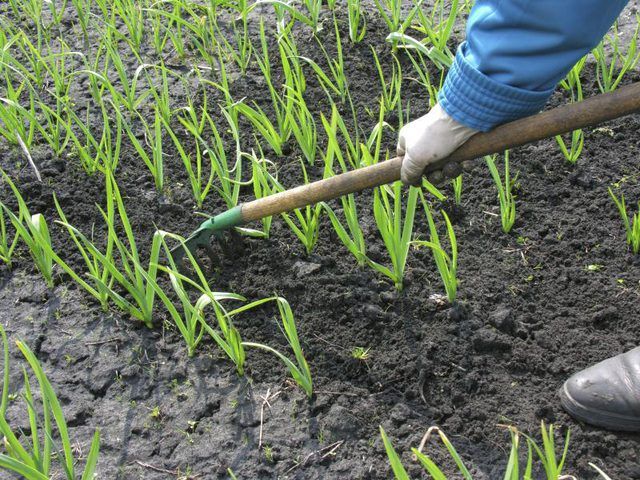Bulbs
Flower Basics
Flower Beds & Specialty Gardens
Flower Garden
Garden Furniture
Garden Gnomes
Garden Seeds
Garden Sheds
Garden Statues
Garden Tools & Supplies
Gardening Basics
Green & Organic
Groundcovers & Vines
Growing Annuals
Growing Basil
Growing Beans
Growing Berries
Growing Blueberries
Growing Cactus
Growing Corn
Growing Cotton
Growing Edibles
Growing Flowers
Growing Garlic
Growing Grapes
Growing Grass
Growing Herbs
Growing Jasmine
Growing Mint
Growing Mushrooms
Orchids
Growing Peanuts
Growing Perennials
Growing Plants
Growing Rosemary
Growing Roses
Growing Strawberries
Growing Sunflowers
Growing Thyme
Growing Tomatoes
Growing Tulips
Growing Vegetables
Herb Basics
Herb Garden
Indoor Growing
Landscaping Basics
Landscaping Patios
Landscaping Plants
Landscaping Shrubs
Landscaping Trees
Landscaping Walks & Pathways
Lawn Basics
Lawn Maintenance
Lawn Mowers
Lawn Ornaments
Lawn Planting
Lawn Tools
Outdoor Growing
Overall Landscape Planning
Pests, Weeds & Problems
Plant Basics
Rock Garden
Rose Garden
Shrubs
Soil
Specialty Gardens
Trees
Vegetable Garden
Yard Maintenance
How to Plant & Grow Garlic in Oregon
How to Plant & Grow Garlic in Oregon. The Oregon climate, where winters can be frigid and summer temperatures can soar, is difficult for many plants, but not for garlic (Allium sativum). Garlic is tough and easy to grow, and with the proper care, it can thrive throughout the state.

The Oregon climate, where winters can be frigid and summer temperatures can soar, is difficult for many plants, but not for garlic (Allium sativum). Garlic is tough and easy to grow, and with the proper care, it can thrive throughout the state.
Choosing Varieties
Garlic is hardy in U.S. Department of Agriculture plant hardiness zones 3 to 8, so it is well suited to the Oregon climate, with the exception of coastal areas that fall into USDA zone 9. Garlic is, however, most often grown as an annual, and if it is planted at the right time, it can tolerate even this warmer zone.
Garlic varieties are classified as either hard-neck or soft-neck types. Soft-neck garlic tends to produce larger, but hard-neck varieties often fare better in colder climates, making them a more popular choice in northern parts of the United States. Both types will perform well in Oregon, however.
Commonly planted soft-neck varieties include "Silverskin," "Inchelium Red" and "California." Hard-neck varieties include "Chesnock Red," "German Red" and "Spanish Roja."
Timing of Planting
Garlic's growth cycle includes two phases. First, during cool weather, the plant produces foliage. As the weather warms, foliage growth ceases, and bulb development begins. Consequently, the plant needs a long enough cool season to produce adequate foliage and enough time at the end of the growing season to develop a large bulb for harvest.
The best way to achieve this timing is to plant garlic in the fall so that it will begin to grow through the winter and will be ready for harvest by early summer. In Oregon, the best time to plant is between September and November, and garlic will typically be ready for harvest in July.
Site Conditions and Soil Preparation
Garlic grows best in full sun and in loamy, well-drained soil with a pH level between 6 and 7. In coastal areas, sites with good air circulation and southern exposure can help the plants to stand up to the harsher conditions.
Before planting, add 2 pounds of 8-24-8 fertilizer per 100 square feet of planting area, mixing the fertilizer into the top 8 or 10 inches of soil.
Planting Cloves
Obtain seed cloves from a seed supplier rather than from the grocery store, where garlic is often treated with sprout-inhibiting chemicals and may harbor diseases. Select cloves for planting that are large and undamaged.
Plant cloves with the pointed end up, about 2 inches deep and with 2 to 4 inches between cloves. Space rows about a foot apart.
Watering and Fertilization
During the spring, garlic will benefit from another application of fertilizer. Side-dress the plants with 1/2 pound of ammonium sulfate per 100 square feet in late April or the beginning of May.
Water the cloves thoroughly at the time of planting, then begin watering again every eight to 10 days in the spring and early summer, providing enough irrigation to moisten the top 2 feet of soil. Stop watering when the plants begin to fall over close to harvest time.